
Spotting Male And Hermaphrodite Cannabis Plants Early
There's a lot to know when growing cannabis, and identifying the sex of your plants early, and accurately, is one of the best ways to ensure a satisfying crop. Here we'll look at males, true hermaphrodites, and mixed-sex hermaphrodites, covering what to look for, where, and when.
Cannabis is dioecious, meaning it produces separate male and female plants. In nature, the males pollinate the females, which then produce seeds from which new plants spring forth.
However, it is the female cannabis plant that produces cannabinoid-rich flowers. And when females become pollinated, their energy is spent growing seeds, not buds. Therefore, sinsemilla (seedless) cannabis is, for most growers, greatly preferential.
These days, many growers use feminized seeds, which produce about 99% female plants, rather than the roughly 50% of regular cannabis seeds. Whichever type of seed you use, there is a chance of males appearing, and depending on genetic and environmental circumstances, plants can also be hermaphrodites—both male and female.
The Importance of Sexing Your Cannabis Plants Early (Pre-Flowering)
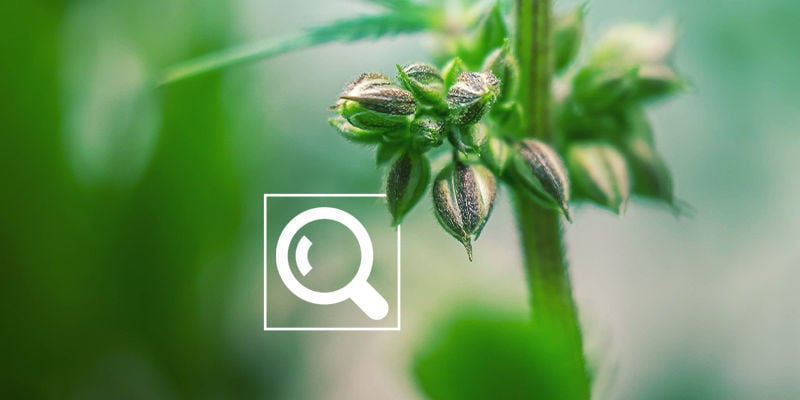
In order to avoid male or hermaphrodite plants pollinating your bud-producing females, you must identify them early, before they begin releasing pollen. If your female cannabis plants become pollinated, they will produce significantly less in the way of yield.
Short of deep genetic investigation, there are no signs to indicate the sex of a cannabis plant earlier than the pre-flowering stage. So how do you do it? You bring pre-flowering forward, and then reverse it.
Induce Flowering in a Single Node
While the whole plant is still in the vegetative stage, you can place an opaque but breathable bag over a lower branch for 12 hours a day. The rest of the plant will continue to be exposed to an 18/6 light schedule.
The covered branch will then begin to pre-flower, and you will be able to determine the sex of the entire plant from this method. Once you know, take off the bag, and that part of the plant will return to the vegetative stage.
Induce Flowering in the Whole Cannabis Plant
Alternatively, you can just switch the light schedule to 12/12 sooner than you otherwise would, and wait for the whole plant to begin flowering. Once you’ve identified it’s sex, revert to an 18/6 light schedule and it will continue vegging.
This second method takes around two weeks, and as such adds a further two weeks to your total grow time. Given this, the former method is recommended.
If you’re growing autoflowering cannabis seeds, then it is not possible to induce early flowering. Therefore, it’s important to identify the sex as soon as they enter the pre-flowering stage.
What Are Male Cannabis Plants?
Male cannabis plants do not produce much in the way of cannabinoids, and therefore are less popular for getting high or using for holistic purposes.
Producing pollen sacs, the male cannabis plant exists only to pollinate the females.
What Are Hermaphrodite Cannabis Plants?
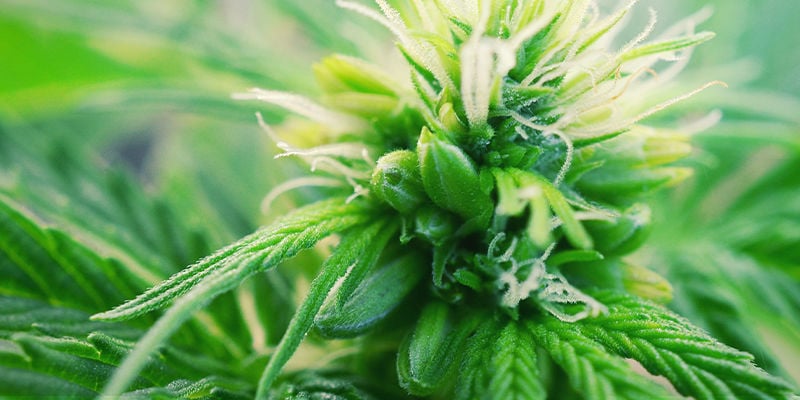
Hermaphrodite cannabis plants, or “hermies”, are specimens that produce both male and female reproductive organs in order to pollinate themselves.
There are two types of hermaphrodites expressed in cannabis: true hermaphrodites, and mixed-sex plants. True hermaphrodites grow separate male and female reproductive organs, whereas mixed-sex ones grow stamens from otherwise female flowers. Mixed-sex plants are much harder to identify, as you have to wait for the buds to develop before it is possible to spot.
What Causes Hermaphrodite Cannabis Plants?
Hermaphrodite cannabis plants are rare, and only appear when the plant suspects itself of living in a hostile, extreme environment. They do this as a means of increasing the chances of successfully breeding. The only other cause of hermaphrodites is if hermaphrodite pollen has been used to pollinate a female.
Some causes of hermaphroditism are:
-
Too much or too little light: If you experience light leaks during the flowering stage, or the plants do not have access to enough light, they are more likely to become hermaphrodites.
-
Too little or too much fertiliser/nutrients: If they sense there are too few nutrients, or you overfeed them and cause nutrient lockout, the stress can cause them to become hermies.
-
Extreme heat
-
Damage: If the plants are weak, or find themselves attacked by pests, they may sense that they are under threat and produce both male and female reproductive organs.
What To Look for With Male or Hermie Cannabis Plants
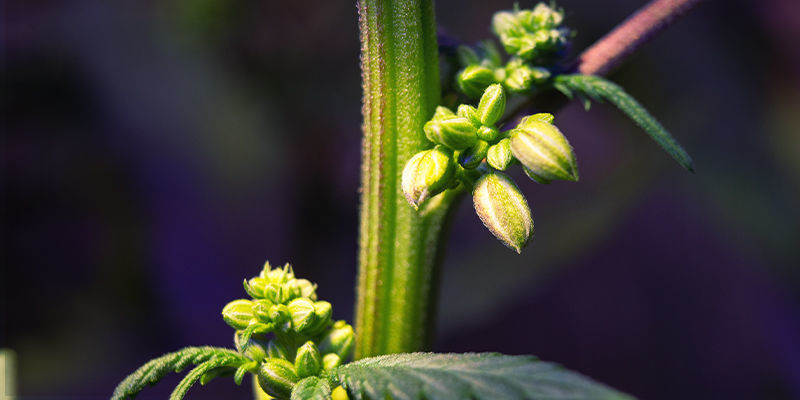
Identifying male and hermie plants can be difficult, and requires regular and careful checking. Here are the early signs to look out for.
Male
Male cannabis plants grow pollen sacs. These first appear like little balls at the plant’s nodes (more on nodes shortly). Pollen sacs develop fast and open within a matter of days—and once they do, they can pollinate female cannabis plants for miles around. Therefore, it’s important to identify and deal with them early.
Not only do they produce pollen sacs, but males tend to be taller and less bushy than female or hermaphroditic plants. However, this alone should not be used to determine sex.
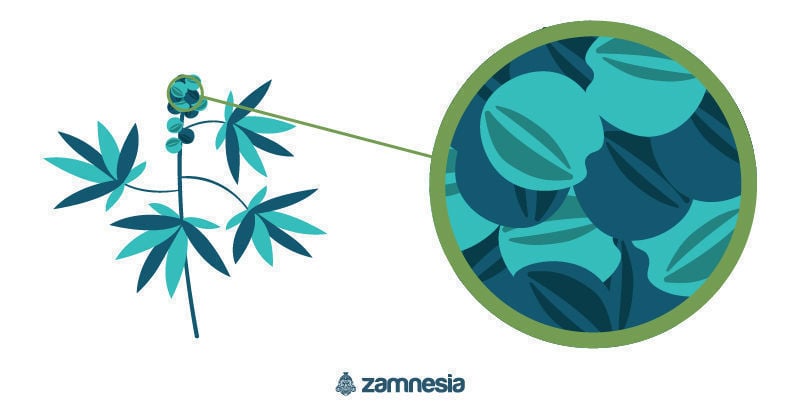
True Hermie
As mentioned, true hermaphrodites develop separate male and female sex organs. So to find these, you’ll once again check for signs of male pollen sac development at the nodes. It’s likely these organs will appear earlier than the female ones, so that gives you an advantage. But don’t let the appearance of stigmas lull you into a false sense of security.
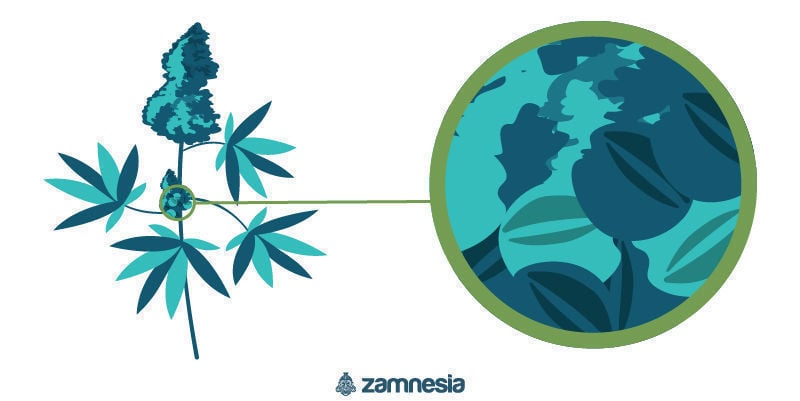
Mixed-Sex Hermie
Mixed-sex hermaphrodites can be hard to identify and give you little time to act. With these plants, male stamens develop on the female flowers, and so you’ll be well into the flowering stage by the time you identify them.
Rather than developing obvious male organs, small banana-shaped anthers grow from the flowers. These "bananas" tend to be yellow, or more yellow than the rest of the flower, and extend outward.
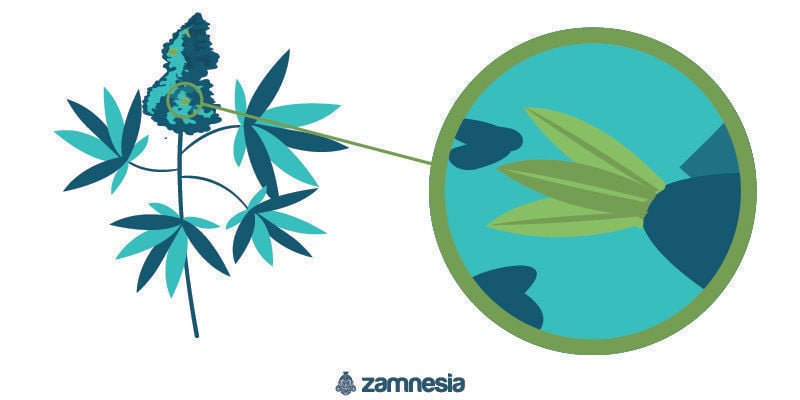
Female
And how do you know if your plants are female? Female cannabis plants develop wispy white hairs known as pistils (or stigmas) from their early calyxes. Again, these appear at the nodes. In time, they will develop into larger, denser buds.
When To Look for Signs of Male or Hermie Plants
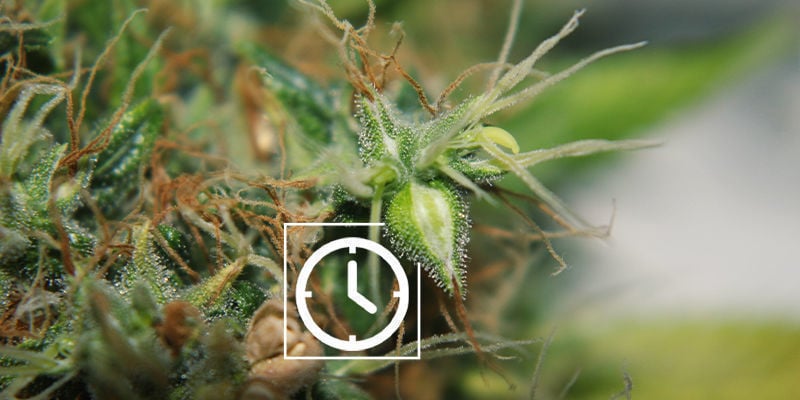
Timing is crucial when identifying male and hermaphrodite plants. Fortunately, on the whole, males, and the male parts of true hermaphrodites, appear earlier than female reproductive organs, giving you an opportunity to remove them from your cannabis plant before they pollinate everything.
Male
Male pollen sacs start to appear a mere 3–4 weeks after germination. Once they have, however, they develop quickly and soon start releasing pollen—within 7–10 days of appearing.
True Hermie
As with male plants, true hermies show their sacs early, giving you time to deal with them before any serious problems can occur.
Mixed-Sex Hermie
The time frame for these is highly variable. As the male organs grow out of the female flowers, they develop much later into the grow. In fact, as hermaphroditism is a response to a stressful environment, it can happen at any point in the plant's life cycle. A plant can begin flowering as a female, then become a hermie toward the end of its life.
Therefore, it’s important to continue checking the female flowers for bananas until the very end of the plant’s life cycle.
Female
Female flowers begin to develop around 4–6 weeks after germination, and are slower to mature than male pollen sacs.
Where To Look for Signs of Male or Hermie Cannabis Plants
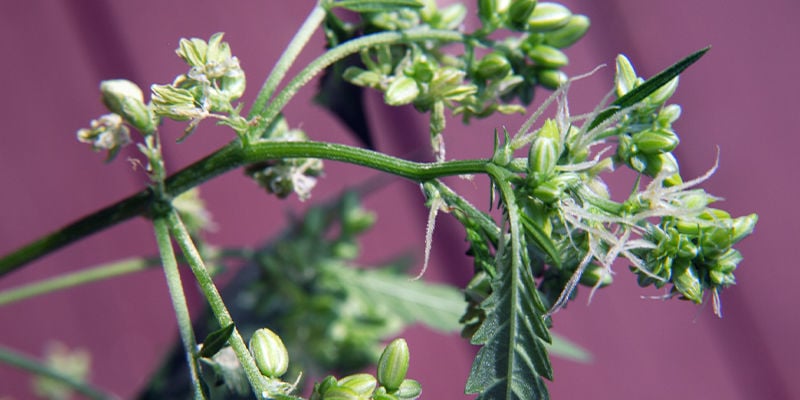
Finally, you need to know where on the cannabis plant to look to find their reproductive organs.
Male, True Hermie, and Female
For males, true hermaphrodites, and females, the reproductive organs begin developing at the nodes. The nodes are where the branches meet the plant’s stem. In time, they will begin to extend on branches of their own.
Stipules, which are pointy green leaves, also grow at the plant’s nodes. These should not be mistaken for sex organs, and cannot help you identify a plant’s sex.
Mixed-Sex Hermie
With mixed-sex hermies, the bananas develop from within the female flower. As flowers can be very dense and bustling with growth, bananas can be very hard to spot. So regularly inspect your plants during the flowering stage.
No Signs of Male or Hermaphrodite Cannabis Plants? Time for Flowering!
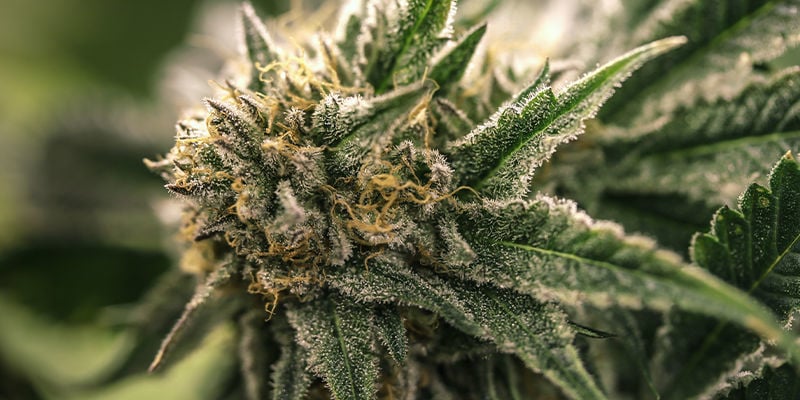
If you’ve only identified female marijuana plants in your grow, then it’s time to let them flower and treat them well. Hopefully you’ll soon see a swelling of fat, cannabinoid-rich buds followed by a bumper harvest!
What To Do With Male Cannabis Plants?
If you do find that there are some male or hermie plants in your grow, there are a few things you can do.
-
Breed! The male cannabis plant exists to pollinate female plants and create seeds. If you want to breed your own cannabis, select the best-looking males and allow them to pollinate the females, and then grow new plants from the resulting seeds.
-
Make edibles or extracts: While the cannabinoid content is much lower than with females, male plant material can be used to create edibles or extracts. This option is most viable if you have numerous plants, as you’ll need a large amount of plant material to render potent results.
-
Juice them: There are still many healthy compounds in the leaves and stems of the male plants, so if you do choose to kill them, you may as well consume them too, rather than just throwing them away.
-
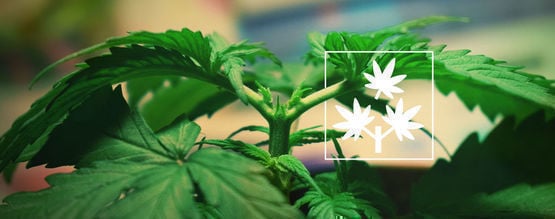 5 min
13 October 2025
Topping cannabis: Everything you need to know
Topping cannabis is a simple pruning technique that can transform tall, single-cola plants into bushier, higher-yielding ones. This guide explains when and how to top a weed plant, the differences...
5 min
13 October 2025
Topping cannabis: Everything you need to know
Topping cannabis is a simple pruning technique that can transform tall, single-cola plants into bushier, higher-yielding ones. This guide explains when and how to top a weed plant, the differences...
-
 4 min
14 July 2025
What to do with male cannabis plants?
Male weed plants get a bad rap, but there’d be no cannabis without them. While they don’t produce smokable buds, that doesn’t mean they’re useless. From fibre and juicing to hash and garden...
4 min
14 July 2025
What to do with male cannabis plants?
Male weed plants get a bad rap, but there’d be no cannabis without them. While they don’t produce smokable buds, that doesn’t mean they’re useless. From fibre and juicing to hash and garden...
-
 6 min
27 May 2024
Everything You Need To Know About Trichomes
You've likely heard of trichomes before, but most people have no idea what they do. Despite their low public profile, trichomes contain the most important compounds in marijuana plants. Here's the...
6 min
27 May 2024
Everything You Need To Know About Trichomes
You've likely heard of trichomes before, but most people have no idea what they do. Despite their low public profile, trichomes contain the most important compounds in marijuana plants. Here's the...
-
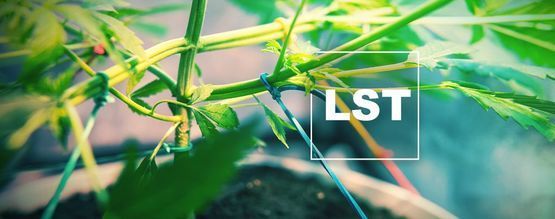 7 min
16 February 2021
How And When To Low Stress Train Cannabis Plants
Low stress training, or LST, is a training method that involves bending and tying stems and branches to encourage more efficient and productive growth from cannabis plants. Here's how to do it.
7 min
16 February 2021
How And When To Low Stress Train Cannabis Plants
Low stress training, or LST, is a training method that involves bending and tying stems and branches to encourage more efficient and productive growth from cannabis plants. Here's how to do it.





 United States
United States











